MINOAN CIVILIZATION, A GOLD Era 4000 BC- amazing civilization! At the time when the Cycladik civilization was in great development, another brilliant civilization was born in Crete. It was called Minoan after the mythical king Minos, the son of Europa and Zeus. In fact, all the kings of Crete were called Minos for many centuries.
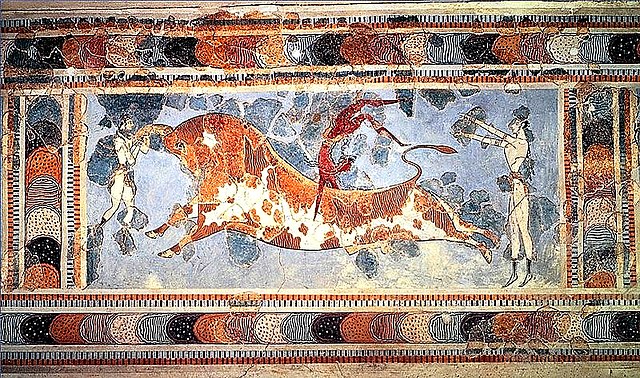
MINOAN CIVILIZATION , A GOLD ERA: Crete is located in the southern part of Greece and in the middle of the Mediterranean , that’s the reason that the island quickly acquired great naval and commercial power .
Minoans used to travel throughout the Cyclades and reached as far as the East, Egypt, Troy and Cyprus. They were of the first civilizations that made trade with others. They sold olive oil , wine , honey , grain , jewellery , vessels and seals and they bought gold , silver , copper , ivory and precious stones .
Knossos Palace, Minoan civilization
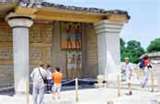

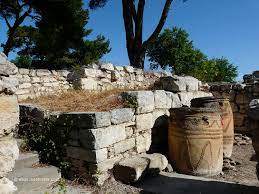
Inside the palace there were also many sanctuaries, decorated with stone bull horns and double axes which were the symbols of Minoan Crete.
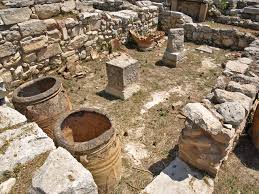
In the workshops, countless craftsmen worked every day, making pottery, jewellery, textiles and tools. In the huge warehouses of the palace, in tall vases, they stored cereals, honey, oil, wine, pulses and other agricultural products.
Minoan religion, Minoan civilization :

Minoans worshiped theirs goddess in small shrines inside the palace , in caves and on mountains or hilltops . They offered her small statues of people or animals and fruits of earth to thank her for making τearth so fertile .
For her sake they held feasts where they danced and played sports. In the spring they celebrated their biggest festival, the bullfight. At this festival, young men and women performed acrobatic exercises on wild bulls. The Minoans worshiped bulls because they symbolized the impetus and power of life. The symbols of their religion were the sacred horns of the bull and the double axe.
Τhe Minoan writing, Minoan civilization
The Minoans were the first of the inhabitants of Greece to use writing. To write a word they drew pictures of animals, plants, ships, vessels etc. This first writing is called hieroglyphic. At Phaestos, archaeologists discovered a disc written in hieroglyphic script. Festos is a worth visiting destination , if you want to explore this part of the Minoan civilization .
Minoan art, Minoan civilization

There were also goldsmith workshops, where goldsmiths made gold seals and wonderful jewellery, such as bracelets, rings, earrings, etc.
But the Minoans were also great painters. They painted wonderful murals on the walls of their houses. Archaeologists have discovered murals of great art in the palace of Knossos and other mansions. The Minoans took the subjects of the frescoes from nature and from the
and religious ceremonies.
The position of woman in Minoan times
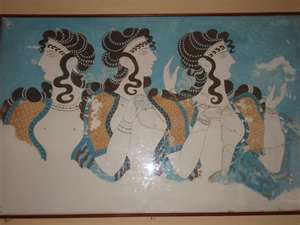
Not only were women involved in the religious and social life in Minoan civilization but it would be more correct to say that they were the center of it. The strength, bravery, grace and beauty of the women rulers of Crete were an ideal ensemble that represented the culture of Crete and created feelings of respect and equality .
Women played a ‘dominant’ role in Minoan times . She was the ‘mother’ but also the ’active woman’ , who participated in all activities .
The catastrophic eruption , Minoan civilization
There was the eruption of the volcano of Thira-Santorini island
and the huge waves that rose up reached the coast of Crete and destroyed the
rich palaces. A massive tsunami devastated the coast of Crete causing significant damage that led to the economic drop. This was enough to trigger the Minoan downfall, making the island vulnerable to conquest by the Myceneans.
You can visit the Museum of Heraklion and find useful information regarding this amazing ab]ncient civilization!

